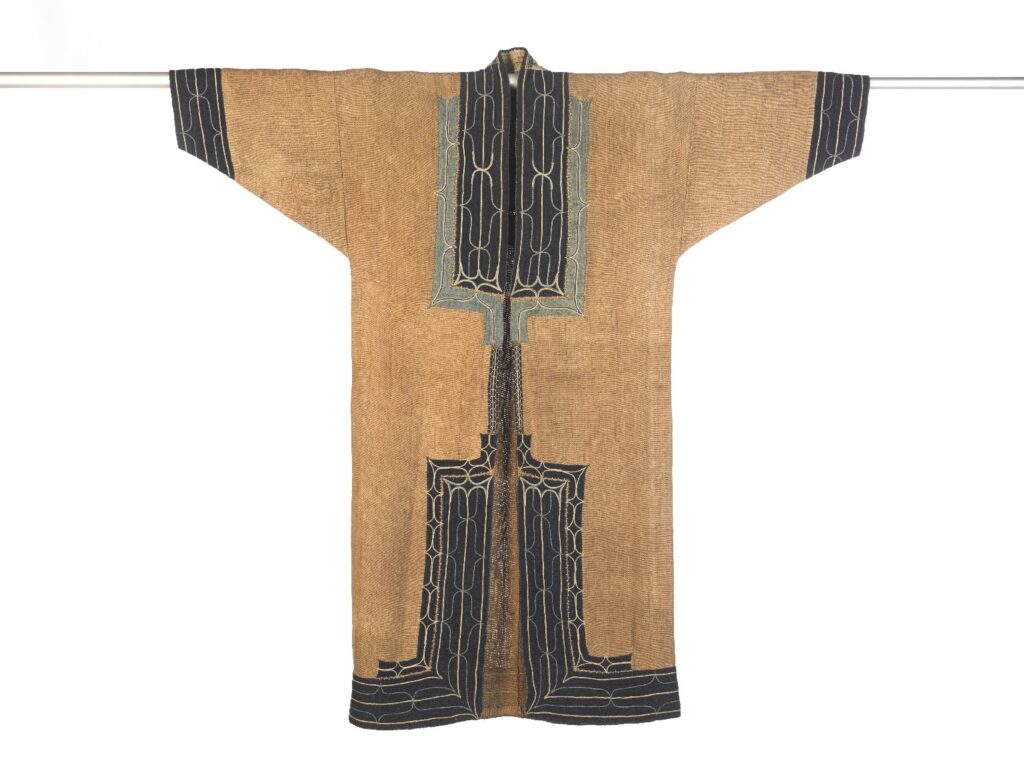”Here Japanese objects were presented alongside those of the Ainu, an Indigenous community in northern Japan of distinctly non-Japanese linguistic and ethnic identity. On the other hand, Japanese paintings were represented in the prints and drawing gallery, and other objects, such as ‘porcelain, metal work, lacquer ware, and netsuke, were displayed as ‘works of art’ in the ‘Oriental’ or ‘Tōyō’ gallery.”
–Yoshiaki Shimizu, from “Japan in American Museums—But Which Japan?”
In this insightful essay, Shimizu explores the representation and perception of Japanese culture in foreign institutions. Though he is discussing a catalogue published by the British Museum in this passage, the point remains that Western art museums tend to confine their definitions of Japanese art to a geographic space, when in fact a multitude of ethnic communities have inhabited these geographic spaces throughout history. This presents a number of complex issues with regard to the collections and display practices of Western art museums.

Shimizu’s passage immediately brought to mind an Ainu robe currently on display as part of the Brooklyn Museum’s permanent collection. Before making this connection, I would like to better situate the Brooklyn Museum within history.
Founded in 1895, the Brooklyn Museum’s Beaux-Arts building, notably designed by McKim, Mead and White (who designed Columbia University, the National Museum of American History, and the former Penn Station, among other notable projects), was planned to be the largest art museum in the world. Today, the museum is New York City’s third largest in physical size and holds an art collection with roughly 500,000 objects. Highlights and strengths of that collection include Egyptian antiquities spanning over 3,000 years, as well as European, African, and Japanese art.
In 2019, after an extensive renovation of its Asian Art Galleries, the museum reopened its Japanese and Chinese exhibits. This section offers pieces from more than 5,000 years of Chinese art and rotates contemporary pieces on a regular schedule. The Japanese gallery, with its 7,000 pieces, is the largest of the museum’s Asian collection and is known for its works from the Ainu people.
The Ainu are the indigenous people of the lands including Hokkaido Island, Northeast Honshu Island, Shakhalin Island, and the Kuril Islands. Official estimates place the total Ainu population of Japan at 25,000, but unofficial estimates place the total population at 200,000 or higher, as the near-total ethnic assimilation of the Ainu into Japanese society has resulted in many individuals of Ainu descent having no knowledge of their ancestry. Notably, knowledge of the Ainu language, which has been endangered since before the 1960s, has steadily declined; in 2011, just 304 people within Japan were reported to understand the Ainu language to some extent.
Now, let us recall Shimizu’s observation on the apparent lack of awareness with which European and American museums present Ainu artifacts. Ainu robes are often admired for their intricate geometric patterns and fine craftsmanship, and this piece is no exception. The patterns are believed to protect the wearer from evil spirits and therefore are placed at the most vulnerable spots or openings in the robe at the neck, arms, and hem. But what is the Brooklyn Museum—and its peer institutions which adhere to similar practices—implying by placing the Ainu robe in the Japanese gallery? Where does the line between geographic and ethnic identities fall in curatorial practices? And how might we properly navigate that line?